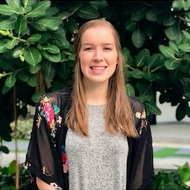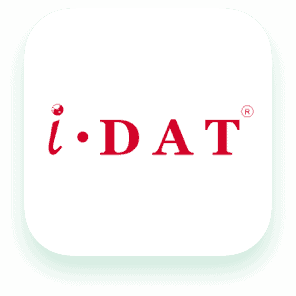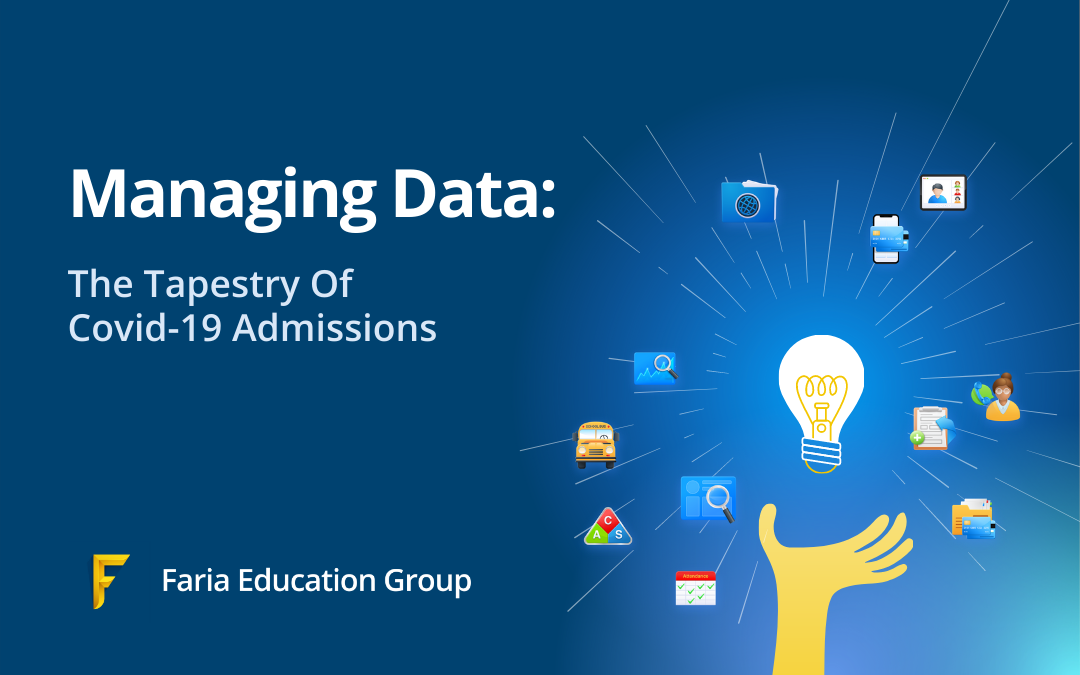by Bekah Dawson
From campus tours to classrooms, COVID-19 has been quite the disrupter. Clear, personalized communication has always been an expectation in school admissions but is now even more of a necessity as schools manage the ever-changing mix of online learners (some forced to use this option while stuck out of the country) and on-campus learners.
So, what differentiates the best school admissions from the rest during this time where all admissions processes are online? The following two factors are key.
- Very clear communication
- Personalization
Ask any school, and they will say that one of the most important parts, if not the most important part, of the admissions process and securing a family’s enrollment is the face-to-face interaction when the family visits the campus. The inability to have this face-to-face interaction with families has caused an even greater necessity for clear communication and personalization, albeit from afar. Although it may be more productive to automate the process as much as possible, it is vital to ensure that parents still receive a personalized experience and feel cared for and comfortable. This may take more time, but it is worth it because this is what differentiates between schools doing remote admissions well and those who will not retain students.
During the days when we could travel, I had the opportunity to visit Corrie Ten Boom’s house in Amsterdam. At the end of the house tour, they showed a tapestry. They explained how Corrie had used this tapestry as a visualization when she talked with others regarding her experiences through the Holocaust. Corrie would share how looking at the back of a tapestry reminded her that we don’t know why, how, or what happens at times because we often only get to see the result. In other words, the process may be bad, which in her case was certainly true, but the result is beautiful. In this case, this metaphor of a tapestry was encouraging to Corrie as it shows that everything has a purpose.

The one thing I want to pull from this story is that we are in a time where even the back of a tapestry has to be beautiful because that is the side the parents are experiencing. We not only want the tapestry to be beautiful, but we want the threading to be beautiful as well. Therefore, we focus on enhancing both the internal and external processes of communication and personalization.
Below is how OIS used OpenApply features to weave our own tapestry of communication:
Notes:
This is the primary means of communication to the family and the most important part of that personalization facet. Using the Notes feature ensures that all departments see the same information and know what has been shared with the family. Information that can be found in Notes includes application review from all departments, assessment and interview results, and communication regarding next steps for the family.
Tasks:
Tasks are used to denote an application review by particular departments. For example, when the Learning Support Department is tasked, then they leave a note and resolve the task. This allows Admissions to track all departments that have done reviews on the application rather than solely scrolling through all of the notes. This feature also allows Admissions to clearly see if prospective students have been scheduled for assessment and if different departments have given any approval or comments regarding enrollment.
Tags:
Tag automation can be used to ensure that Admissions can easily see helpful information. Especially regarding visas, this is vital as automatic tagging highlights a family’s need for a specific visa, which drives certain communication with them. Tags can also denote flex learners; at OIS, flex learners are students unable to enter the country due to visa related issues. Tagging flex learners gives Admissions an accurate understanding of how many students are sitting in classrooms on any given day.
Interviews:
The Interviews tab under each applicant is updated with their assessment date. A notification is sent to the parents through OpenApply regarding the assessment and a Google Meet or Zoom link is included.
Source Campaign:
Admissions tracks enrollments from different source campaigns from online events. This ensures that families are not signed up for irrelevant mail lists and do not receive information they already know from the event; in addition, it ensures that families receive accurate promotions (from the event). Using source campaigns prevents families from receiving wrong information and missing promotions.
Internal Notifications*:
Internal notifications help Admissions to automatically communicate with other departments and, consequently, to communicate timely and clearly to families. For example, a visa specialist is automatically notified if/when a student needs a particular visa so that communication can quickly begin with the family. This is vital as one of the most stressful things for parents right now is the lack of being able to get a visa. Using internal notifications helps Admissions to be clear about our position and responsibility, about what can be done and about what cannot be done.
*These internal notifications are a part of the CRM module available with OpenApply.
_____
What are ways that your school is upholding or advancing clear communication and personalization during this time? I’d love to hear your thoughts. Feel free to shoot me an email at [email protected] so that we can share tips & tricks.
About The Author

Bekah serves as Director of School Advancement at Oasis International School – Kuala Lumpur where she has served in a variety of roles for the last three years. As Director of School Advancement, she oversees the OIS Community Relations Department, which includes the Admissions, Marketing, and Communication Departments.
Oasis International School – Kuala Lumpur
[email protected] | +60102606119

References:
“Tapestry Corrie Ten Boom”, Google Photos
















 All Services
All Services


